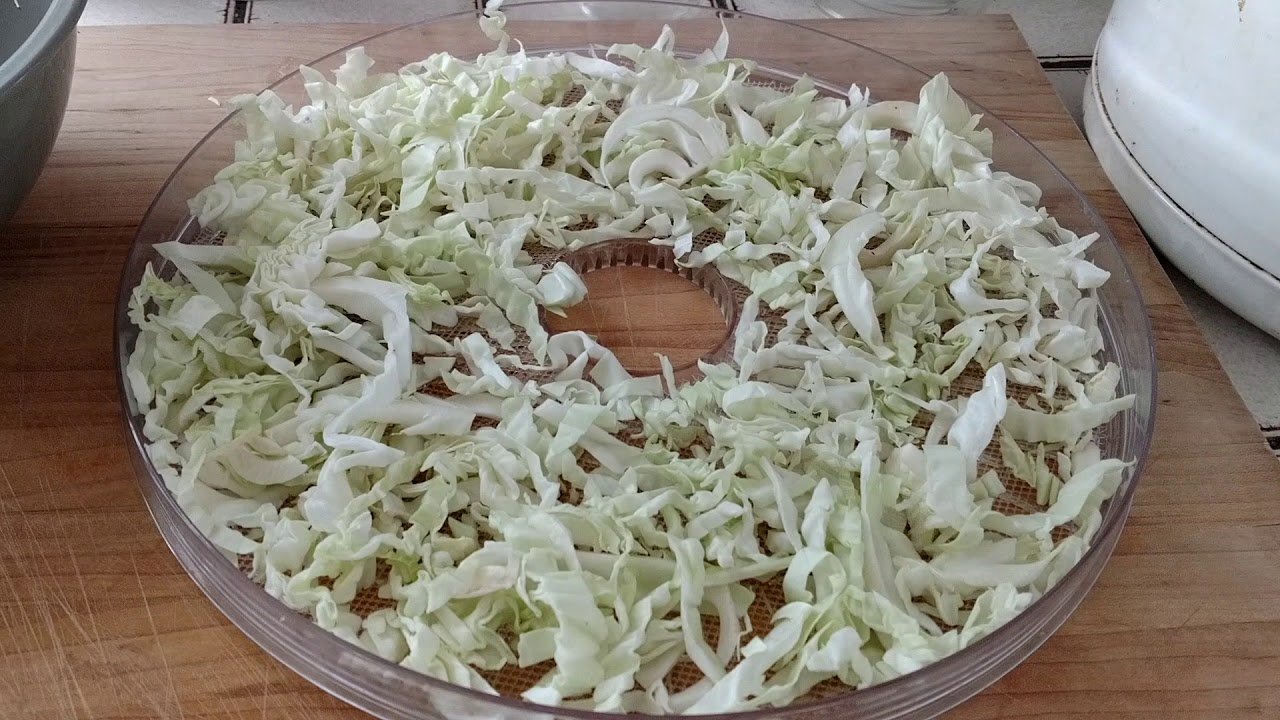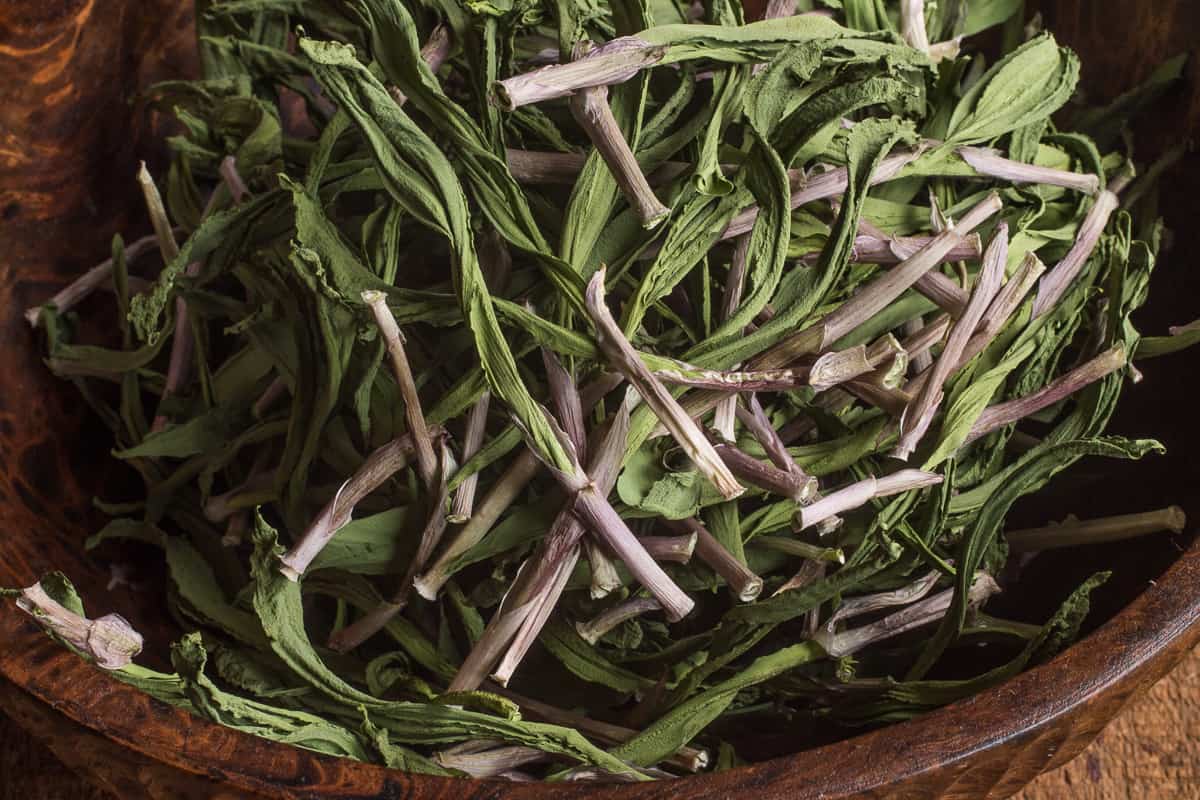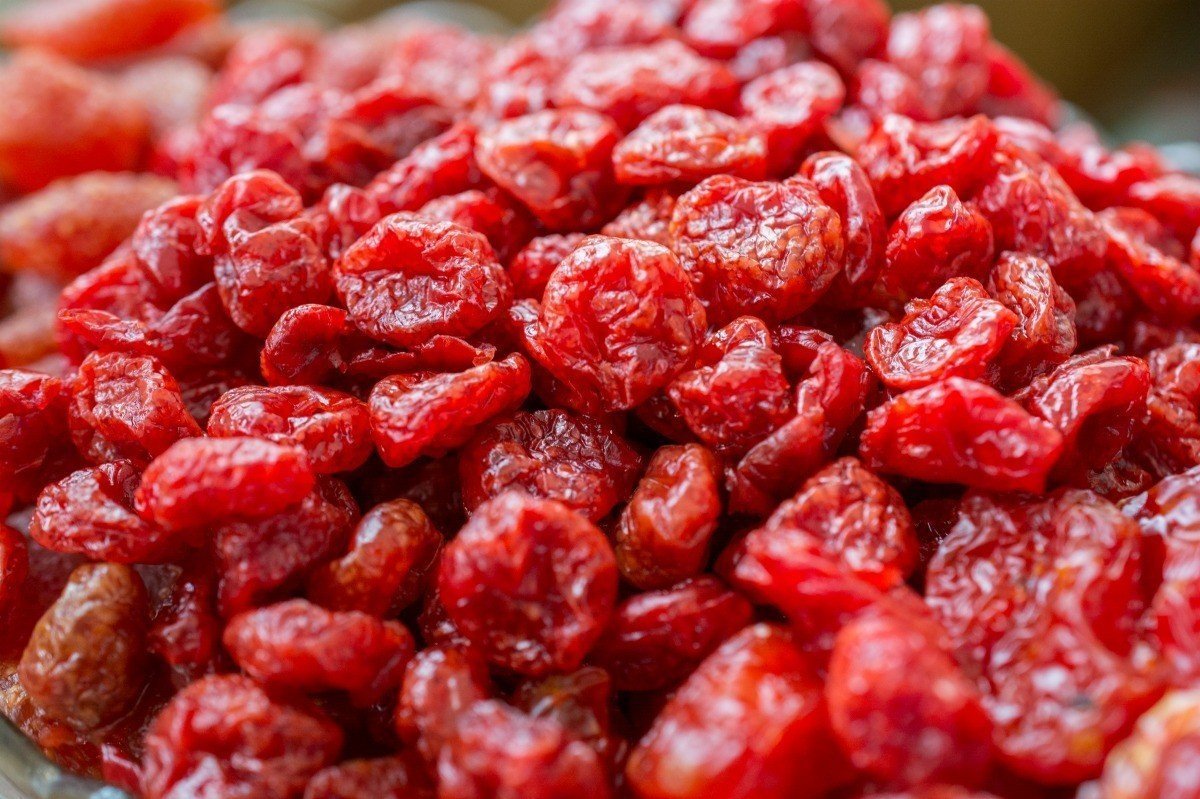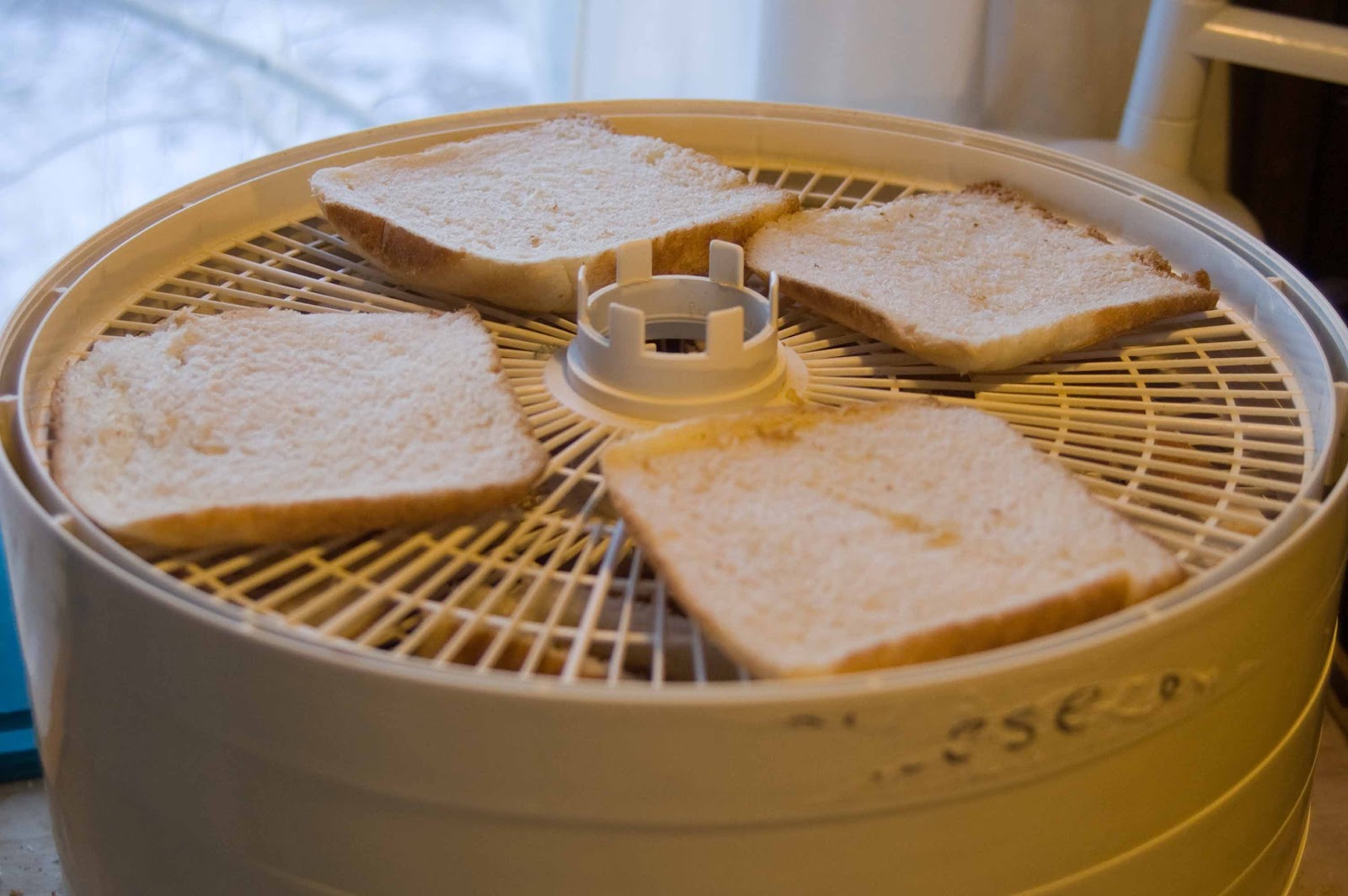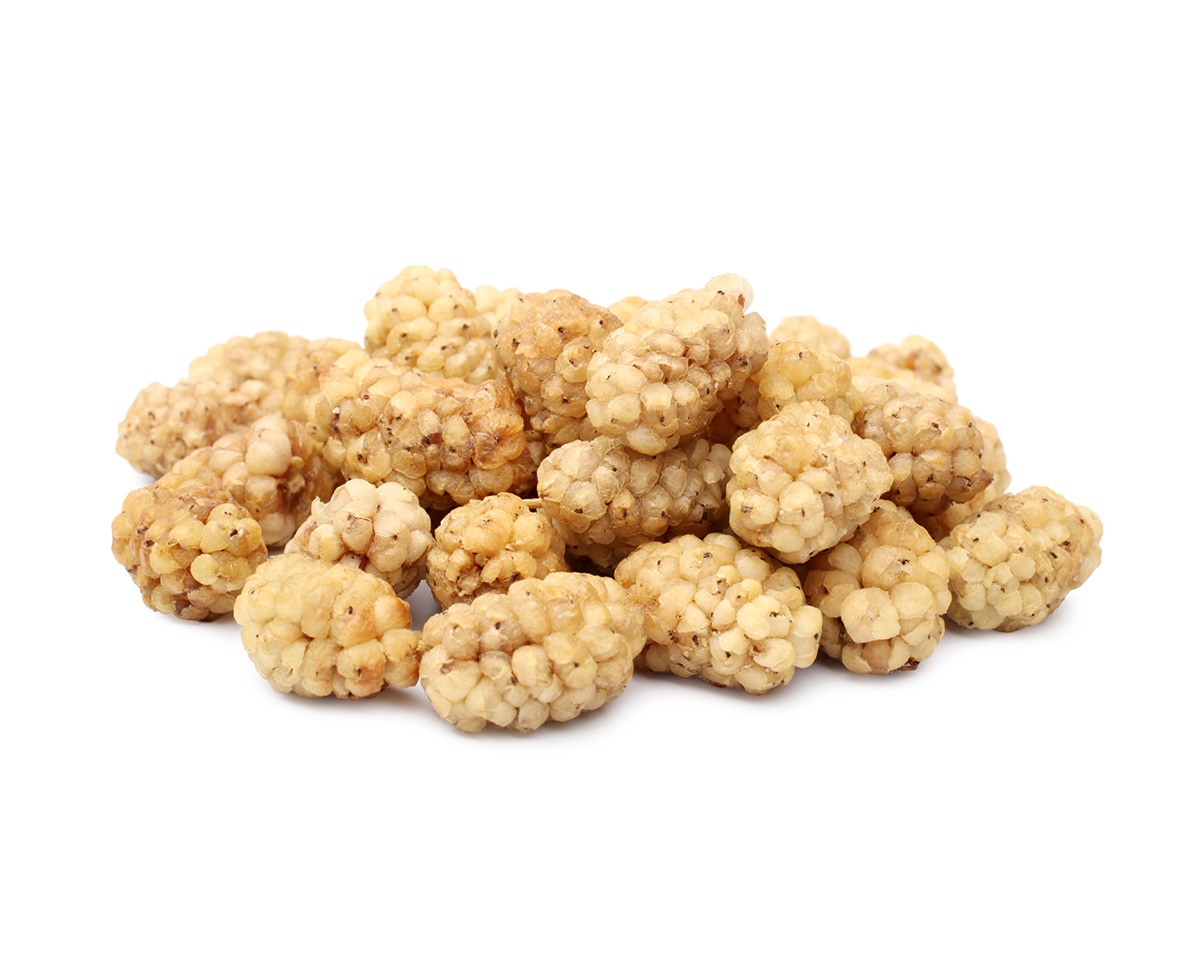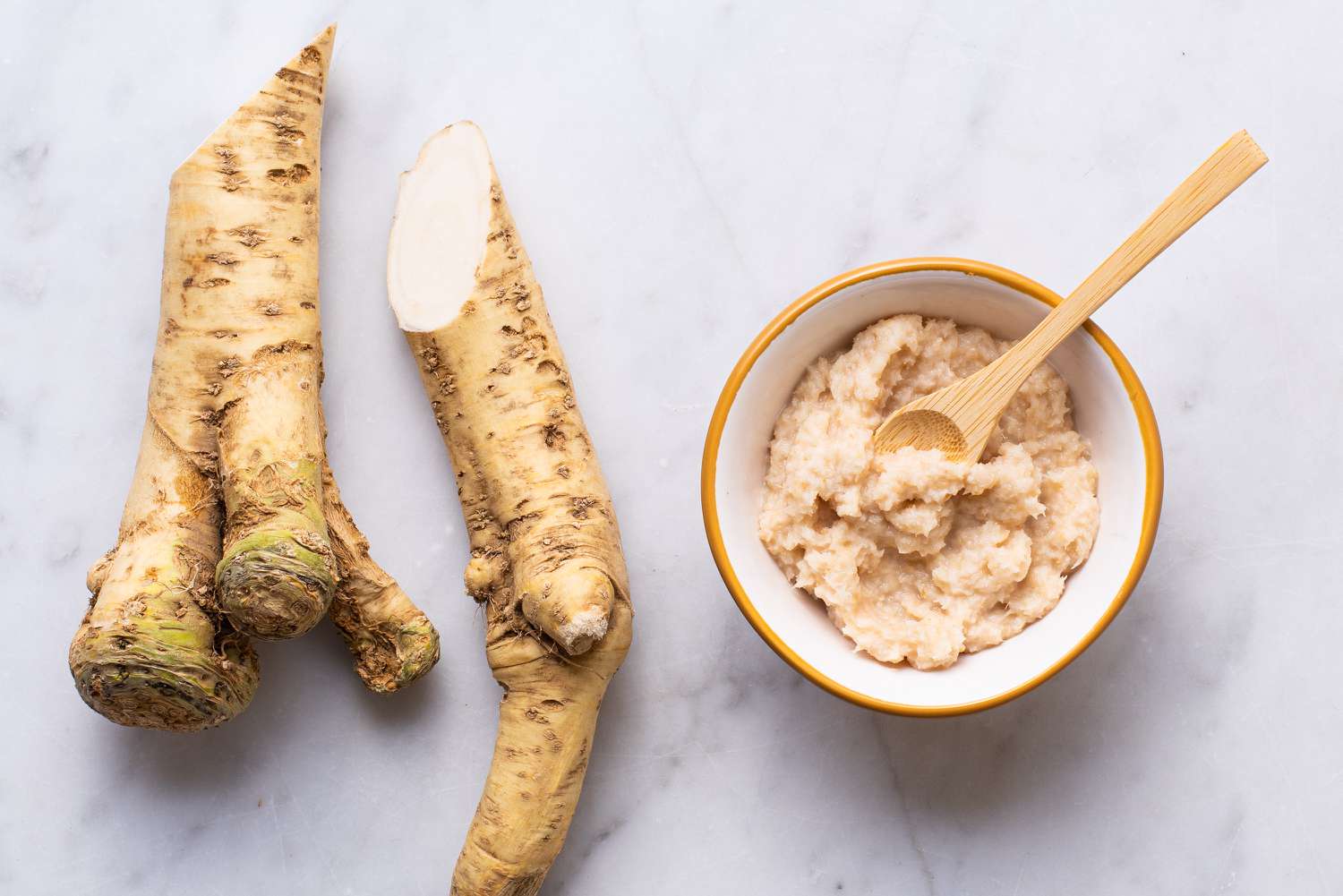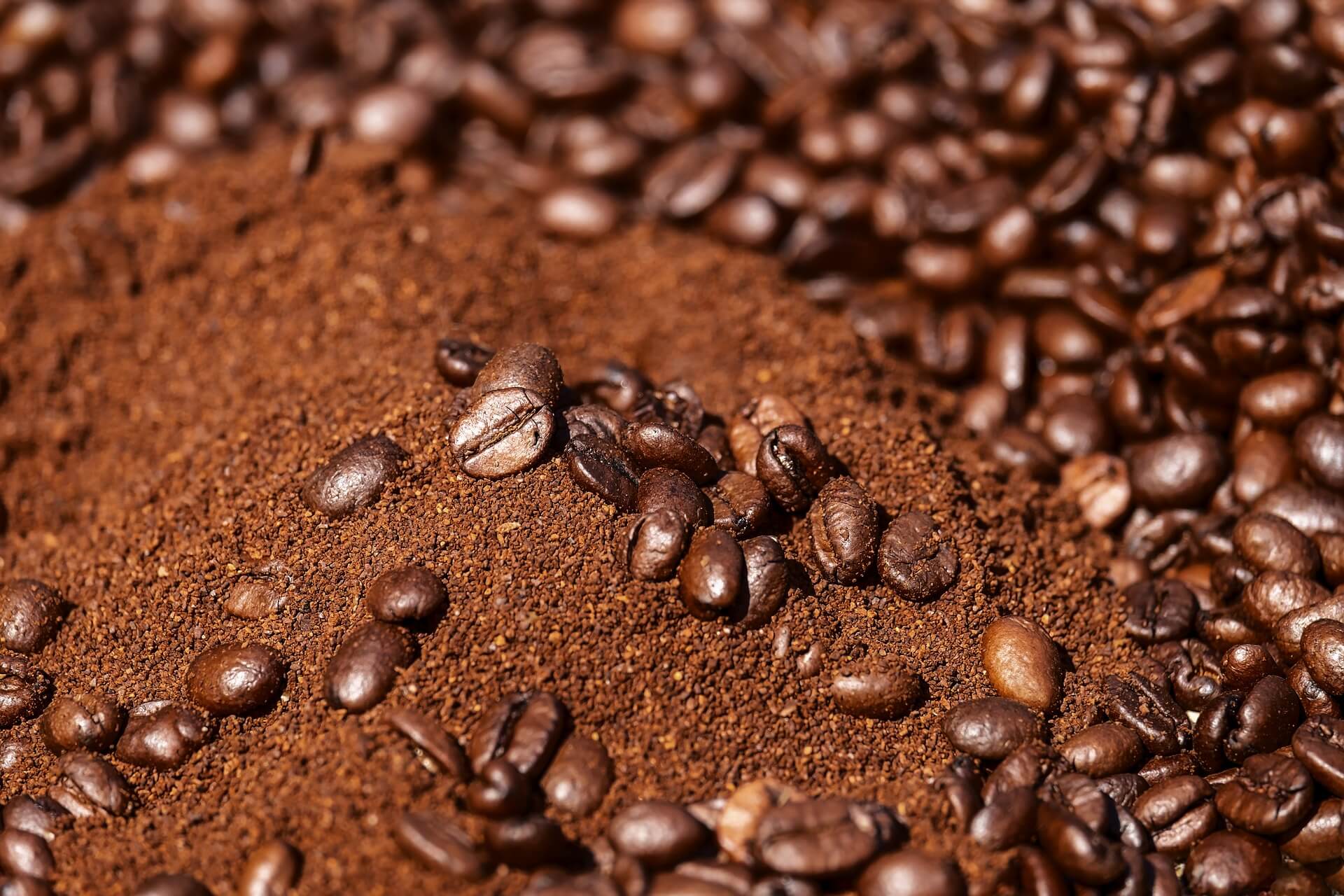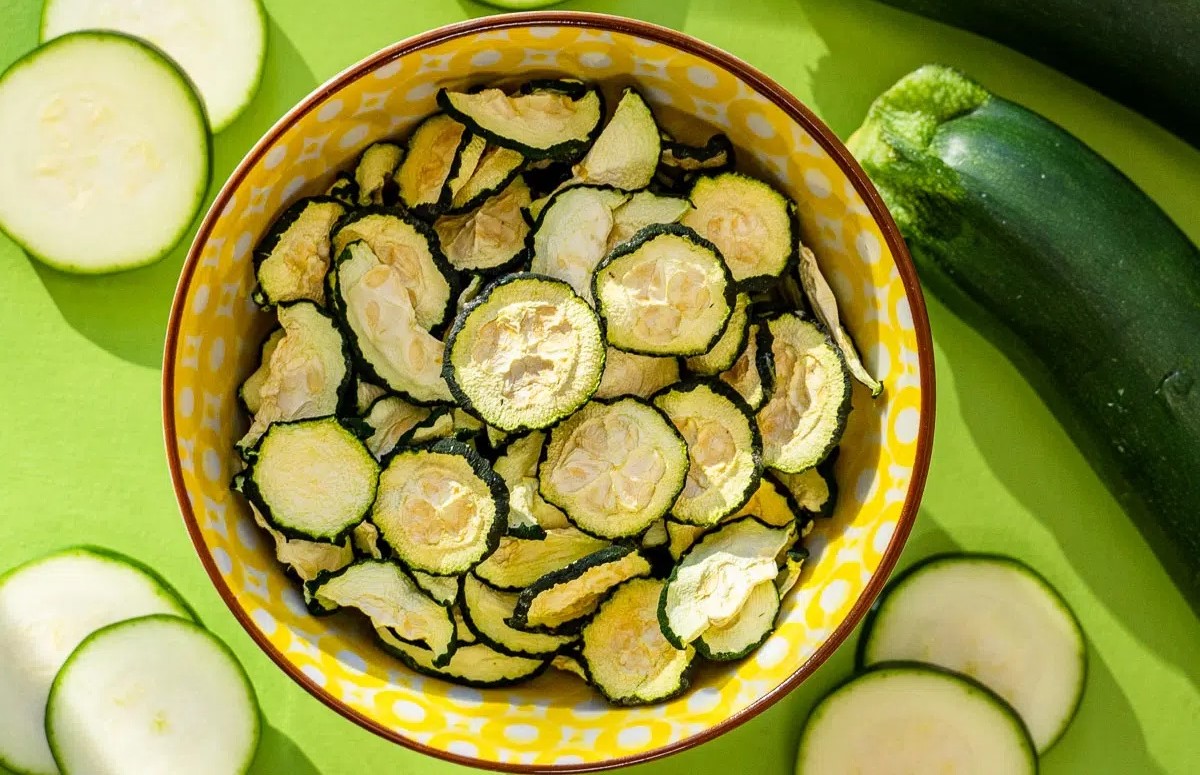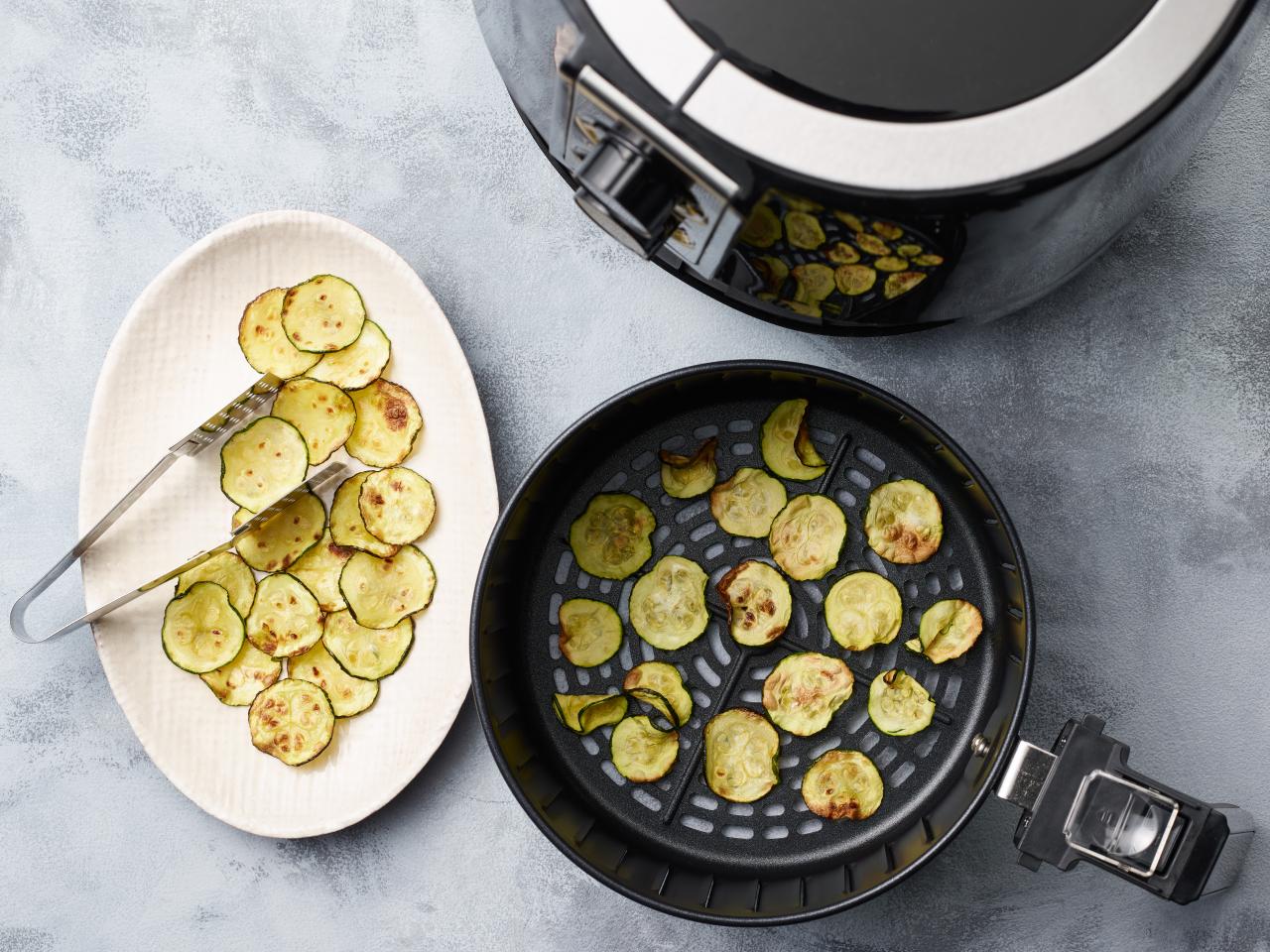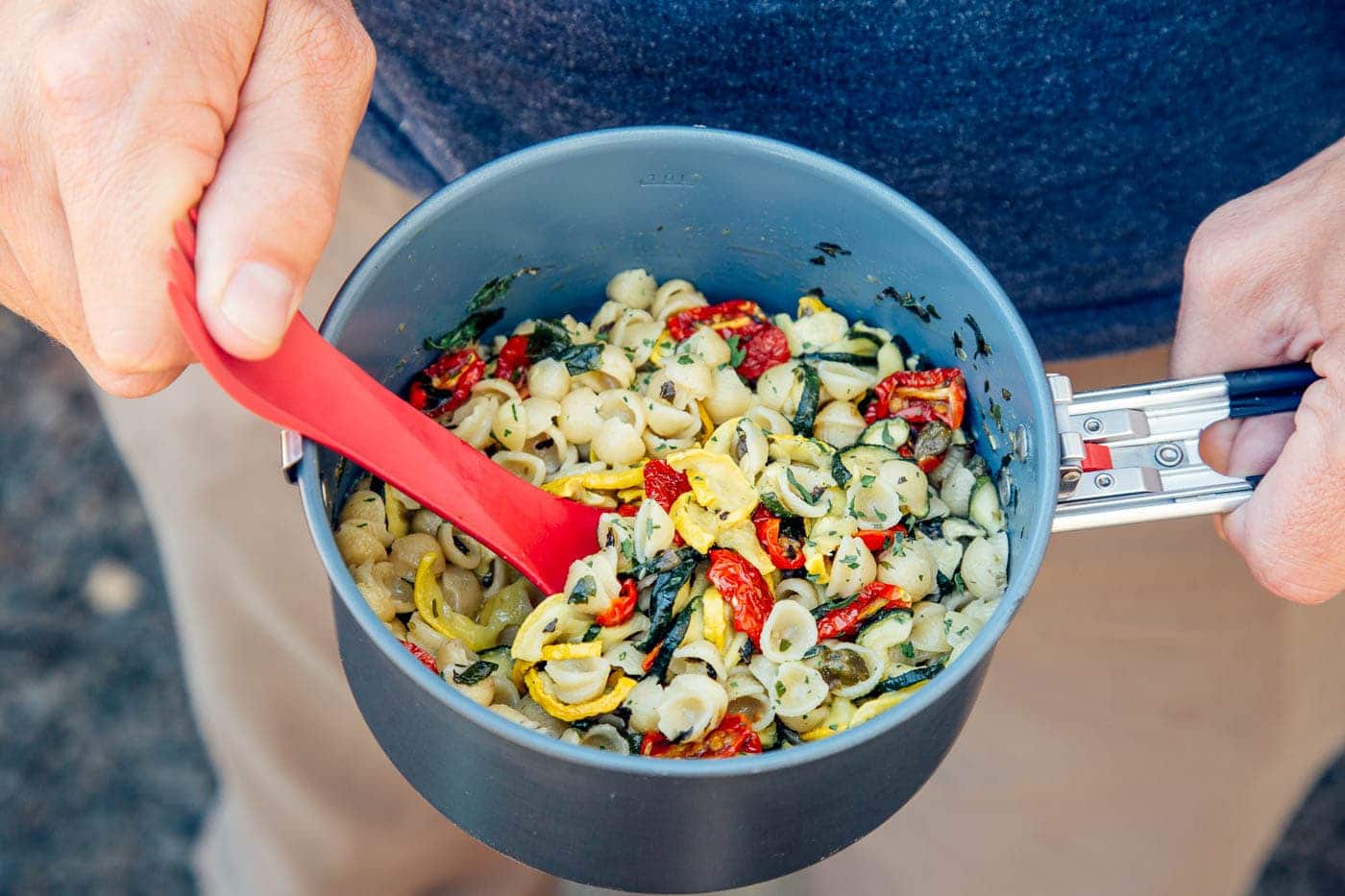Preserving Your Starter with a Dehydrator
Dehydrating your starter is a great way to preserve it for future use. Whether you want to share your starter with friends, save it for later, or simply have a backup, dehydrating your starter is a convenient method to ensure its longevity. In this article, we will guide you through the process of dehydrating your starter in a dehydrator.
What You’ll Need
Before you begin, make sure you have the following items on hand:
- A mature and active sourdough starter
- Parchment paper
- A dehydrator
- A fine-mesh sieve
- An airtight container for storage
Steps to Dehydrate Your Starter
Follow these simple steps to dehydrate your sourdough starter:
- Prepare the Dehydrator: Set your dehydrator to the lowest temperature setting, typically around 100°F (38°C).
- Spread the Starter: Line the dehydrator trays with parchment paper. Pour a thin layer of your sourdough starter onto the parchment paper, spreading it out evenly with a spatula or spoon.
- Dehydrate the Starter: Place the trays in the dehydrator and allow the starter to dehydrate for 8-12 hours, or until it becomes completely dry and brittle.
- Check for Dryness: To test for dryness, break a piece of the dried starter. It should snap easily, indicating that it is thoroughly dehydrated.
- Grind into Powder (Optional): If desired, you can grind the dried starter into a fine powder using a clean coffee grinder or food processor. This step is optional but can make rehydration easier in the future.
- Store the Dehydrated Starter: Once fully dehydrated, allow the starter to cool to room temperature. Transfer the dried starter to an airtight container for long-term storage.
Rehydrating Your Starter
When you’re ready to use your dehydrated starter, follow these steps to rehydrate it:
- Measure the Amount: Determine the amount of starter needed for your recipe and measure it out.
- Add Water: Place the dried starter in a clean bowl and add warm water at a 1:1 ratio (by weight). For example, if you have 20g of dried starter, add 20g of warm water.
- Stir and Rest: Stir the mixture until the dried starter is fully dissolved in the water. Let it rest for 30 minutes to rehydrate and become active.
- Feed the Starter: Once rehydrated, follow your regular feeding routine to revive the starter to its active state before using it in your recipes.
Tips for Success
Here are some tips to ensure successful dehydration and rehydration of your sourdough starter:
- Use a mature and active starter for the best results.
- Ensure the dehydrator is set to a low temperature to prevent the starter from cooking or losing its potency.
- Store the dehydrated starter in a cool, dry place away from direct sunlight.
- Label the container with the date and type of starter to keep track of its age and variety.
By dehydrating your sourdough starter, you can enjoy the convenience of preserving it for future use, sharing it with others, and having a backup in case of any mishaps with your active starter. Follow these steps and tips to successfully dehydrate and rehydrate your starter, and you’ll always have a supply of your favorite sourdough starter on hand.
For anyone looking to make the most of their dehydrated sourdough starter, there are a variety of recipes to explore. Start with Classic Sourdough Bread to get a feel for the traditional flavors and textures. Once comfortable, try branching out with Sourdough Pizza Crust for a tangy twist on a family favorite, or Sourdough Cinnamon Rolls for a sweet treat. Sourdough Bagels and Sourdough English Muffins are perfect for breakfast, while Sourdough Pretzels and Sourdough Crackers make excellent snacks. For those seeking something a bit different, Sourdough Banana Bread and Sourdough Chocolate Cake offer unique ways to use your starter in desserts. Each of these recipes brings out the versatility of sourdough, making them worth a try.
